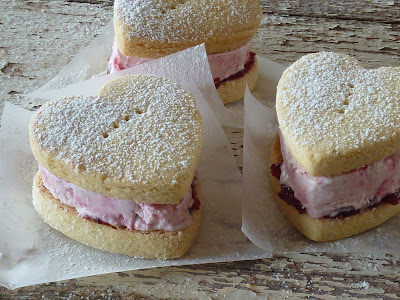 Lime curd might quite simply be the best thing I've ever eaten. Try it folded into softly whipped cream, spread as a layer on
cakes or scones, used instead of jam on toast, or spooned into baked tart-let cases topped with meringue for little key lime pies...try it with Greek yogurt, choux pastry or just eat it off the spoon!
Lime curd might quite simply be the best thing I've ever eaten. Try it folded into softly whipped cream, spread as a layer on
cakes or scones, used instead of jam on toast, or spooned into baked tart-let cases topped with meringue for little key lime pies...try it with Greek yogurt, choux pastry or just eat it off the spoon!
½ cup of lime juice and some zest – you will need
plenty of limes as they are tiny.
50 g butter cut in cubes
1 cup sugar
2 eggs lightly beaten
a couple of drops of green colouring - optional
a couple of drops of green colouring - optional
Put zest and juice in a saucepan, add the butter
and sugar and stir until the butter has melted and the sugar is beginning to
dissolve.
Add the eggs and whisk continuously over a gently heat until the egg is incorporated and the mixture thickens. About 10 minutes. Don’t let the mixture boil or the egg white will set in strings and you’ll have to strain it.
Lime curd isn’t lime green, its yellowish. If you want a more limey colour add a drop or two of green colouring.
Add the eggs and whisk continuously over a gently heat until the egg is incorporated and the mixture thickens. About 10 minutes. Don’t let the mixture boil or the egg white will set in strings and you’ll have to strain it.
Lime curd isn’t lime green, its yellowish. If you want a more limey colour add a drop or two of green colouring.
Cool and store in a screw top jar in the fridge.
You can easily double the mixture if you have a
surplus of limes.













